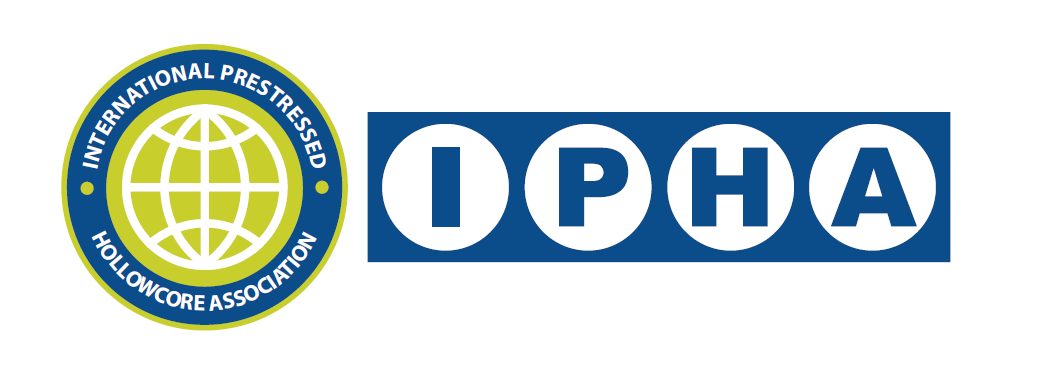History of IPHA
From the invention of concrete to early prefabrication and prestressing, to the development of hollowcore slabs and the founding of the organisation.
Download The History of IPHA 1969 – 2019
To celebrate its 50th anniversary, IPHA commissioned a written history of the organisation, written by Thomas Goosey.
To download a PDF version, please click on the button below.
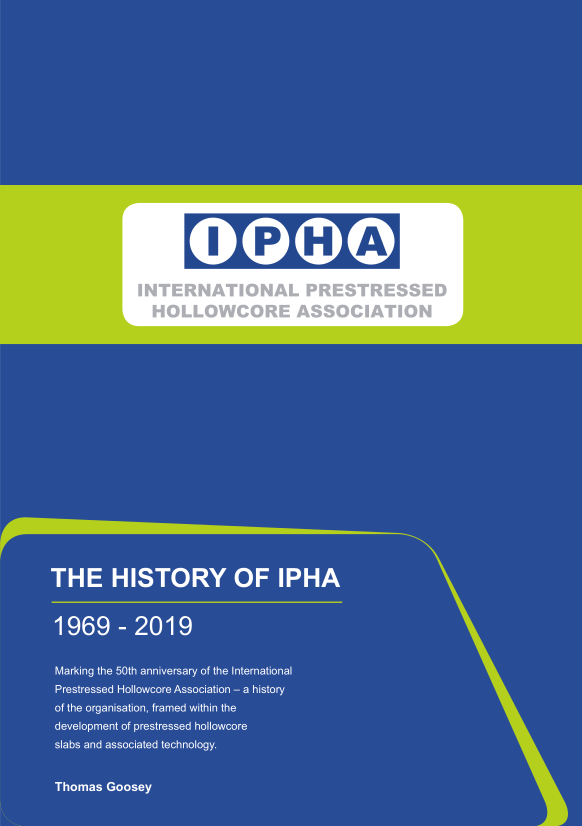
Timeline
From the early use of concrete, through to the development of prefabrication, prestressing, and machine manufacture.
-
Ancient Times
Early Use of Concrete
Buildings such as the Pantheon, built c. 126 AD by the Romans, show early use of concrete structures and their durability.
-
1824
Portland Cement
Joseph Aspdin (1778-1855) files patent for the world’s first Portland cement, named after its resemblance to Portland stone.
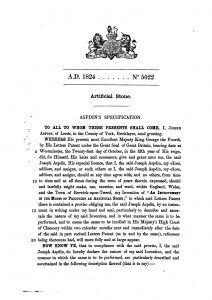
-
1853
Iron Reinforced Concrete
French engineer François Coignet (1814-1888) builds the first structure using iron-reinforced concrete, a four-story house near Paris, which still stands today.
-
1905
Early Prefabrication
City engineer of Liverpool, John Alexander Brodie (1858-1934) experiments with the use of prefabricated concrete wall panels as a solution for housing.
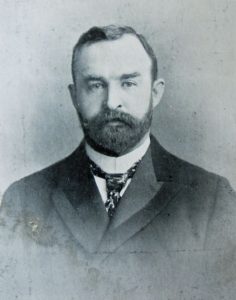
-
1919
Early Precast Flooring
Concrete Ltd. (later to be renamed Bison Concrete) is founded, and begins making reinforced precast floors at its factory in Stourton, Leeds.
-
1928
Prestressing
French structural and civil engineer, Eugène Freyssinet (1879-1962), files a patent for his prestressing techniques. He develops systems for anchorage and the use of high-strength steel wire.

-
1935
Hollowcore Slabs
Concrete Ltd. are producing hollowcore slabs in wet cast concrete moulds. This is revolutionised by the introduction of withdrawable pneumatic cores, used to form the voids.
-
1952
Machine Casting
Mechanisation and standardisation have revolutionised industry. A Hungarian, Henry Nagy, buys a hollowcore machine from a German inventor, and Spancrete begin long-line casting in the US.
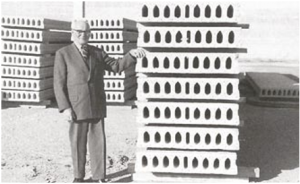
-
1962
Spiroll Extrusion process Invented
Spiroll hollowcore extruder invented by Glen C. Booth, of Building Products and Coal Ltd., in Winnipeg, Canada.

-
1964
Spiroll International Office Opened
Spiroll open an office in London to facilitate the sale of machinery around the world.
-
1969
International Spiroll Producers Association (ISPA) Founded
Seven Spiroll producers from seven different countries found ISPA, in order to promote the exchange of knowledge.
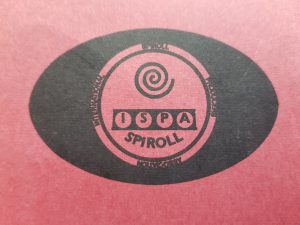
-
1984
SPIROLL OPERATES ENTIRELY OUT OF UK
Spiroll International purchases manufacturing rights and trademark. Other extruder manufacturers such as Weiler (Germany) and Partek (Finland) continue development of the market.
-
1986
International Extruded concrete association (IECA)
The remit of the organisation is expanded to include manufacturers using other extruders. Meanwhile, other machines are developed using the slipform method, such as Prensoland (Spain), Nordimpianti (Italy) and Echo (Belgium).

-
1993
International Prestressed Hollowcore Association is Formed
At the 7th annual IECA conference in Malta, Terry Treanor and Tony Crane (Bison) deliver a presentation, and the decision is made to expand the organisation to include slipform manufacturers.
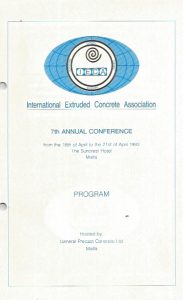
-
1994
The First IPHA Annual Conference is Held
Hosted by Bison Concrete in Stratford-upon-Avon, it coincides with Bison’s 75th anniversary.

-
2000
7th IPHA Annual Conference
IPHA’s annual conference is held in Florida, in cooperation with the Prestressed/Precast Concrete Institute of the USA.
-
2005
Inaugural Terry Treanor Award
Following the death of IPHA Chairman Terry Treanor in 2003, an award for innovations within hollowcore is inaugurated in his honour.
-
2006
IPHA Logo Redesign

-
2010
Rebranding and Website Development

-
2019
50th Anniversary
Marking 50 years from the formation of ISPA, IPHA commissions a written history of the organisation, and a new website is launched.
-
2022
HOLCOLODIS STUDY ANNOUNCED
IPHA announces funding of a research study into load distribution between hollowcore slabs. Running until 2025, HOLCOLODIS includes a series of tests on hollowcore floors, backed up by literature, FEM analyses and analytical analyses.

-
2024
IPHA VISION 2030 ANNOUNCED
At the annual conference in Newcastle, Northern Ireland, IPHA’s vision for the next 5 years is presented to the members. This includes further digitalisation, promotion of hollowcore as a sustainable construction product, continued improvement of the IPHA website and increased social media presence.
